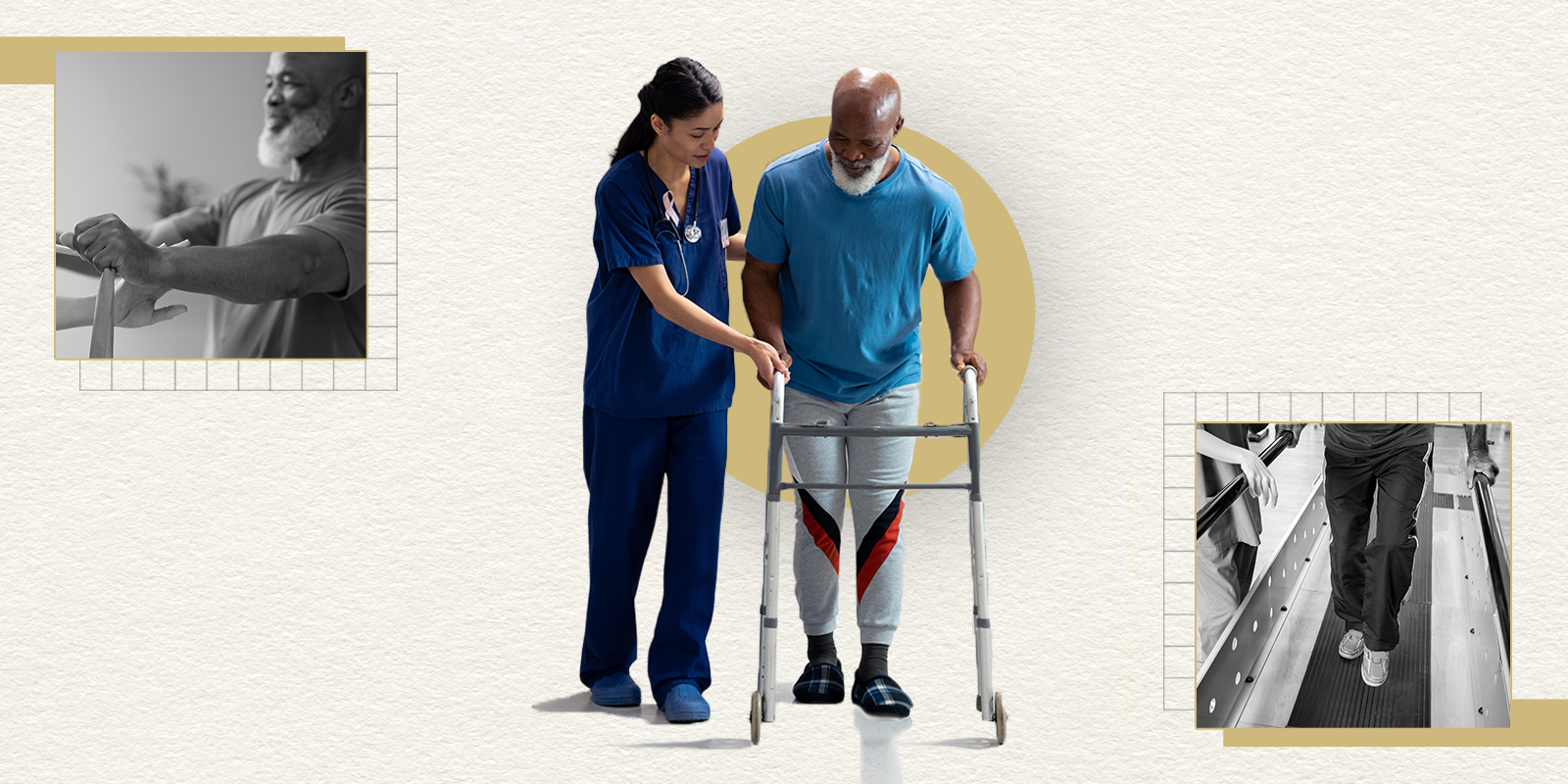For decades, it’s not been a unique experience to leave a doctor’s office with a prescription only to abandon it at the pharmacy because of the unexpected cost.
Now, health systems across the country are beginning to implement real-time benefit tools (RTBTs) that enable physicians to see drug costs up front and allow them to opt for a less expensive alternative.
Researchers at the University of Colorado School of Medicine are studying the tools’ effectiveness in reducing costs and improving medication underuse.
Foster Goss, DO, MMSc, associate clinical professor of emergency medicine, studies RTBTs with Anna Sinaiko, PhD, a healthcare economist, from the Harvard T.H. Chan School of Public Health and other clinicians and health care researchers to determine how doctors use the tools, how they affect medication access, and what their use means for underserved communities.
The collaboration between the two institutions gives critical insight into cost transparency’s effect on patients. In forthcoming research, the investigators plan to evaluate how RTBTs impact medication access and effectiveness, especially among ethnic and racial populations and in rural communities. The research will provide evidence about whether RTBTs improve quality along with insights into barriers and challenges in using a RTBT that can guide future implementation of the RTBT at UCHealth and elsewhere.
Understanding the role of RTBTs in health care
RTBTs are designed to alleviate the out-of-pocket expenses incurred by patients.
When a doctor is prescribing a medication and an alternative exists that’s at least $0.15 per prescription less, an alert in the electronic health record software appears and asks the doctor if they’d like to change the prescription to the suggested option. The tool is connected to a pharmacy benefit manager (PBM), pulling prices in real-time.
In addition to those price-saving benefits, tools may also help ensure access and reduce medication underuse, which can contribute to adverse health outcomes for some conditions.
In the past, a patient wouldn’t likely know the price of their prescription until they got to the pharmacy, but the RTBT can foster a conversation between the physician and patient about cost and potential alternatives.
“There’s a chance that this kind of tool can help increase the likelihood that a person fills their prescription,” says Goss, who is also a secondary faculty member in the Department of Biomedical Informatics. “We know disparities exist on fill rates, but we want to understand it better.”
The rate of change
The researchers are already beginning to understand how clinicians react to the alerts.
In a recent JAMA Internal Medicine paper focused on the tool UCHealth uses, Goss and fellow investigators concluded that clinicians changed medications more often when potential cost savings grew. The study found that one in eight primary care doctors revised prescriptions after being prompted by the electronic alerts. When the cost savings was $20 or more, one in six orders changed.
Changes were also more likely for certain drug classes, such as asthma, cardiovascular medications, and antihyperglycemic agents. The medications the RTBTs recommend may differ from the initial selection in strength, formulation, pharmacy, or medication, says Goss.
“Ultimately, the decision is that of the clinician and what they think is most appropriate based on the patient’s current disease state,” Goss says. “That’s something the RTBT tool or PBM does not have an understanding of. All this tool knows is what you’re prescribing and what might be similar at a lower cost.”
This could be an area for growth, Goss continues. Having a technology that’s intelligent enough to look at the patient’s disease progression, what medications have worked or haven’t worked, may one day lead to even more benefits.
For now, the focus is on the big questions of current technology. Quantitative analysis paired with qualitative interviews will allow researchers to learn about what’s working best for clinicians and patients.
“There are a lot of opportunities with these tools, but they’re relatively new,” Goss says. “Engaging with patients about medication costs is something we haven’t always had. RTBTs can help address barriers and be an opportunity to have a conversation with the patient about what might make it easier for them to fill their prescription and take those medications.”




